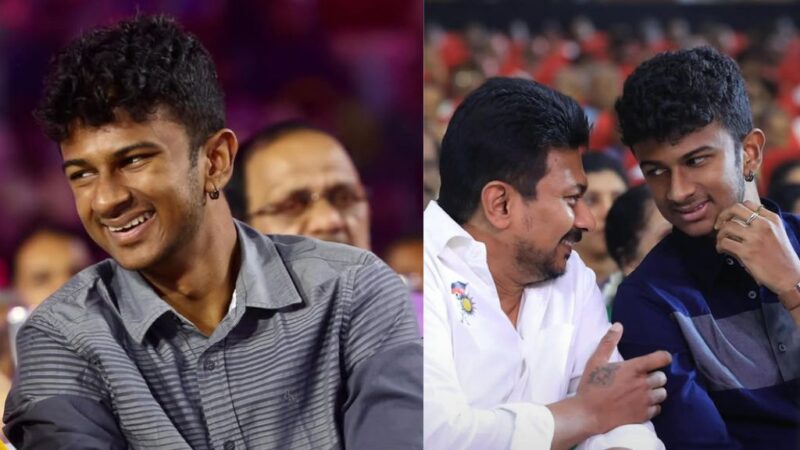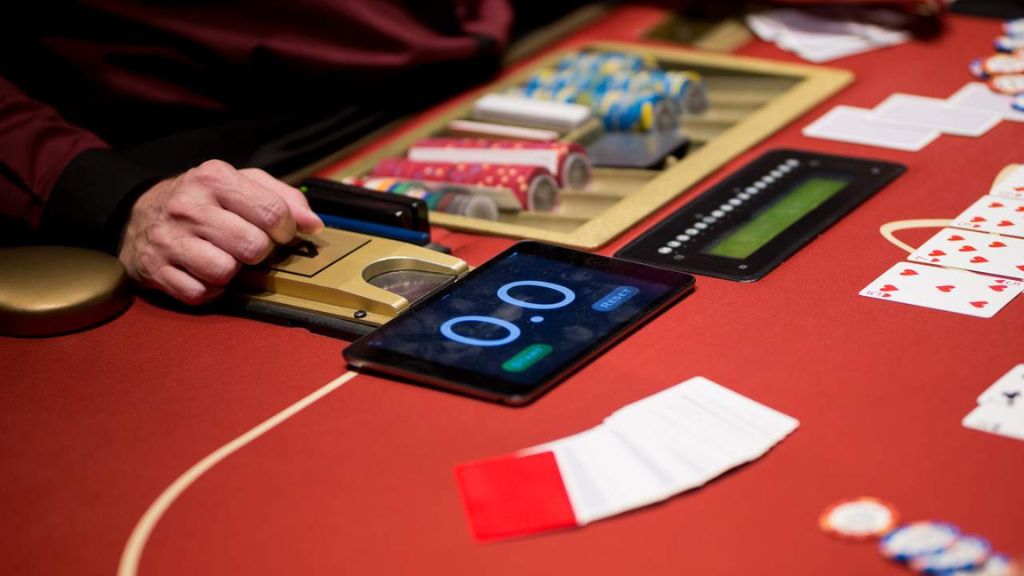When a shot clock appears at Indian tournaments, the game noticeably speeds up. The pace increases, decisions are made faster, and the atmosphere becomes tense but lively. Players begin to think ahead and value every second. They see this as a fresh take on poker, and the organisers see it as evidence that the Indian scene is prepared for the game’s contemporary structure. And if you want to delve deeper into the subject, at Poker Planets you can find useful materials on how to play poker, tips, and other tools for developing your skills.
How Does a Shot Clock Works?
A shot clock is a type of timer that sets a restriction on how much time can be spent at the table. A player often has 20 or 30 seconds to choose between calling, raising, or folding. A time bank, which is a few extra seconds for challenging situations, can be used if there is not enough time. The hand is considered inactive, and the action resumes when they run out.
From the first few minutes of the game, the influence is visible. The beat becomes smooth and concentrated, and long pauses vanish. Players think more clearly, and decisions come faster. This is also a plus for spectators — tournaments look dynamic, and broadcasts hold your attention until the very end.
In Europe, the shot clock is commonplace. PokerStars and the European Poker Tour have been using it for many years. Although the format is still evolving in India, it is evident that players desire a contemporary poker game that is quick, organised, and equitable.
How And Where to Implement a Shot Clock in India
For the timer to work effectively, organisers need to consider several things.
- First, determine the base time for action. Most often, this is 20–30 seconds. At the initial levels, you can give a little more time so that players have time to get used to it. Next, decide how many time bank cards are needed.
- It is also important to determine when the timer starts. In some events, it starts from the first hand, in others, after several levels, when the stakes increase.
- And one more nuance — written rules. They help to avoid delays and disputes at the table.
The Asian Poker Tour shows that the shot clock can be easily adapted to any market. In India, the format is already being tested in clubs in Goa, Mumbai, and Bangalore. But given the human factor, the timer helps some people to focus, while it throws others off their rhythm. That’s why it’s important to devote more time to poker training so that the shot clock doesn’t seem stressful, but rather a part of development that shapes thinking and reaction speed.
How Players Can Prepare
Before a competition, you may boost your confidence in some of ways:
- Practise making decisions within 20-30 seconds. This will help you not to get lost during the game.
- Repeat poker combinations and standard situations to act faster.
- Learn how the time bank works and use it wisely.
- Develop your intuition. When the stakes are low, the decisions are often obvious.
It is best to practise in a comfortable environment, such as online poker for money. There, you can get used to the timer without the pressure of a tournament.
The future of the shot clock in India
With the development of Indian poker game, this format is likely to become the standard at major events. It combines local tournaments with global ones, creating a common rhythm of play. And when players see the same structure in Goa, Barcelona or Manila, they understand that poker in India has become part of the global scene.
Recommended Post
About The Author
Vignesh Muthu
author
Vignesh Muthu is a passionate UI/UX Developer and entertainment blogger who brings design thinking and storytelling together. With a strong foundation in user-centric design, he blends creativity and analysis to write compelling content around celebrity biographies, movie box office collections, and the latest entertainment news. When he’s not sketching wireframes or perfecting interfaces, Vignesh dives deep into cinema culture—crafting blog posts that inform, engage, and spark curiosity.










